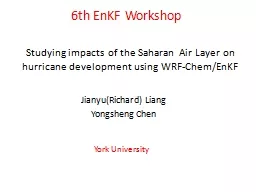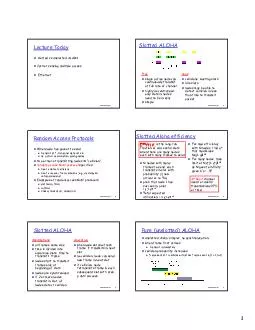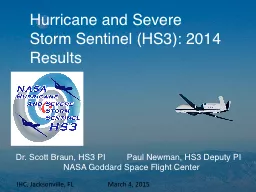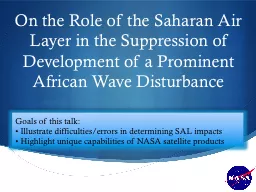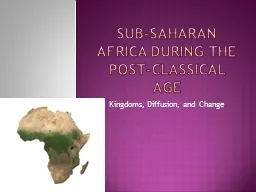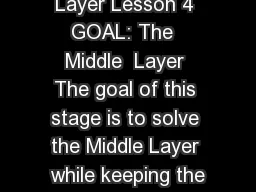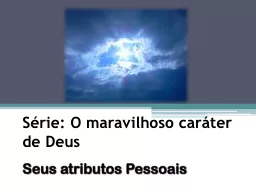PPT-Studying impacts of the Saharan Air Layer on hurricane deve
Author : lois-ondreau | Published Date : 2015-10-21
Chem EnKF JianyuRichard Liang Yongsheng Chen 6th EnKF Workshop York University METEOSAT7GOES11 combined Dry AirSAL Product source University of WisconsinCIMSS
Presentation Embed Code
Download Presentation
Download Presentation The PPT/PDF document "Studying impacts of the Saharan Air Laye..." is the property of its rightful owner. Permission is granted to download and print the materials on this website for personal, non-commercial use only, and to display it on your personal computer provided you do not modify the materials and that you retain all copyright notices contained in the materials. By downloading content from our website, you accept the terms of this agreement.
Studying impacts of the Saharan Air Layer on hurricane deve: Transcript
Download Rules Of Document
"Studying impacts of the Saharan Air Layer on hurricane deve"The content belongs to its owner. You may download and print it for personal use, without modification, and keep all copyright notices. By downloading, you agree to these terms.
Related Documents

